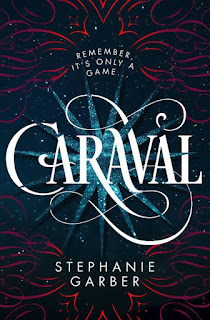Pros: Funny and surprisingly informative
Cons: Only if you don't like poo
The Bottom Line: Come on, you know you've always wanted to know
about poo.
For some reason my
soon to be brother-in-law has a strange fascination with poo. I surmise there’s
a long story there, though I’m not even sure where that story starts. Anywho,
while doing some book shelving one day, I stumbled upon a tiny hardcover book entitled
What’s Your Poo Telling You?. How could I not look at it? Book stores have so
many wacky books in them, you might never truly realize it until you spend a
day in there, seriously perusing the stacks. Try it sometime.
After informing my
sister and telling her I was thinking of getting it for her fiancee for
Christmas (to which she replied with an emphatic “Yes!”), I realized there was
absolutely no way I could have this book sitting in my room for several weeks
without giving it a read through. It’s a very small book, only about 6 x 4.5
inches or so and only 96 pages. It’s a slim little book, one that can be
totally innocuous if you weren’t looking too closely at the shelf.
So what is your poo
telling you? Depends on what type of poo you happen to have at the time. This
book is, in a word, awesome. Hahaha. Really, it goes through all sorts of
different poo types, from the perfectly pinched log (or The Clean Sweep as they
call it) to Pebble Poo to Performance-enhancing Poo (or as I always called it,
Nervous Poo), to numerous others. If there’s a poo type, it’s in here, trust
me, complete with some synonyms as well as what Dr. Stool has to say about that
particular poo. For example, why some types of poo sink and others float. What
causes some poo to come out all snake-like. Why you may have that sense of
accomplishment, or Poo-phoria after going. It’s like the pocket encyclopedia to
poo!
What’s more, you also
get little nuggets of information, random trivia, and tidbits of history that
all relate to poo in some way or another. Not to mention some rather amusing
illustrations. Reading this review you might think, “Gross” or “Weird” or
something along those lines, but this book isn’t necessarily all for laughs. It
really does have valuable information and after all, since we all do it, there
really isn’t anything wrong with wondering about poo and why oh why a few
kernels of corn made it all the way through your digestive tract.
Honestly, this book
gets my full support and I see no reason why someone should get offended by
this book (unless that person just really, really does not like poo). I’m not
saying you should go out and buy this for grandma (as she might give you a
weird look that says, “Why on earth did you buy me this?”), but for yourself or
someone you know would have a riot with this book, by all means. Even if you’re
uptight about poo, try giving it a read. You may feel yourself loosen up a bit.
;)
NT
 Notes from the playlist: "Bananaphone" by Raffi
Notes from the playlist: "Bananaphone" by Raffi










